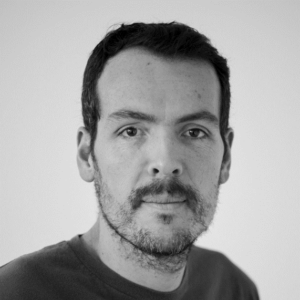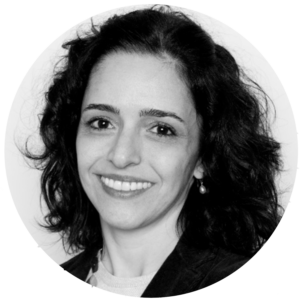The four-phase pilot project was carried out in São Paulo (Brazil) from late 2020 to early 2022 under the coordination of Prof. Dr. Fraya Frehse (University of São Paulo – SMUS Lead partner + Action 4 Speaker) and Dr. Ignacio Castillo Ulloa (Technische Universität Ber-lin – SMUS Scientific Coordinator). Addressing particularly the target 11.7. of SDG #11 (“provide universal access to safe, inclusive and accessible, green and public spaces, in particular for women and children, older persons and persons with disabilities”), the project pursued two overall aims of, respectively an academic and practice nature: (i) to illuminate how spatial methods may enhance the relationship between homelessness and urban sus-tainability; and (ii) to develop as well as test a toolkit of spatial research methods suitable for professional practitioners (from NGOs to local government agencies to CBOs) who directly act upon the everyday of homeless people in the city of São Paulo.
Well aware that homelessness is widely absent from the UN SDGs regardless of the chal-lenge it represents for urban sustainability, even more so in Covid-19 times, the pilot project coordination Team was mean to show that methodological techniques sensitive to the so-cial and relational dimension of space could contribute to highlighting qualitatively alter-native dimensions of the homeless’ everyday life in Covid-19 São Paulo, which in turn could enhance the urban sustainability agenda. Therefore, the Team turned the everyday spatialities of homelessness into their research object – i.e., the daily orderings that men, women and children have made of the public places where they dwell in Covid-19 São Paulo through their bodies (i.e., both verbally and non-verbally) while making sense of their interactions with people, institutions and objects, with animals, plants, etc. in these same places. By and large, the pilot project had a fourfold structure: guiding question, guiding object of research, specific question and hypothesis (Table 1):



















